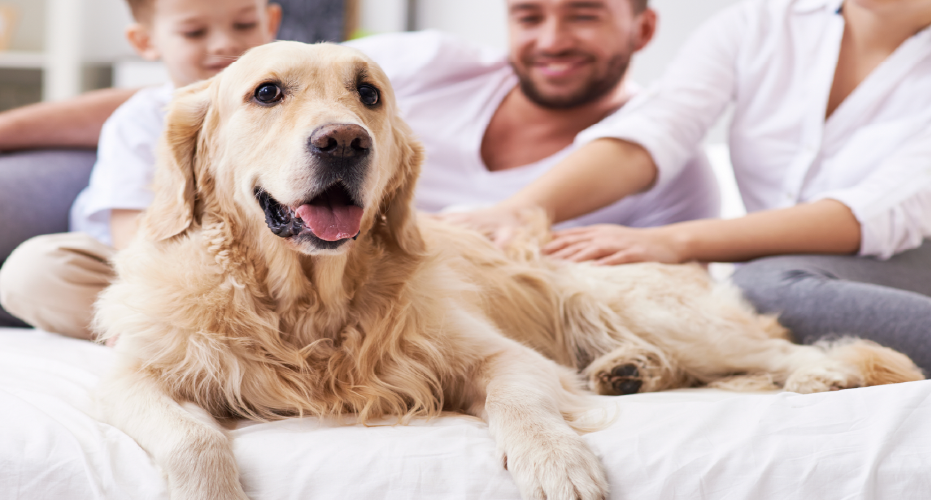
Deciding whether to let your dog sleep in your bed is a common dilemma among pet owners. Some see it as a bonding experience, while others worry about hygiene and sleep disruption. Whether you're a new dog owner or have had pets for years, it's important to weigh the pros and cons of sharing your bed with your furry companion. Let's delve into the potential benefits and drawbacks to help you make an informed decision.
The Benefits of Sharing Your Bed with Your Dog
1. Increased Bonding
Having your dog in bed with you can strengthen your bond. Dogs are social animals and enjoy the closeness that comes from being near their humans. This can help deepen your relationship and make your dog feel more secure and loved.
2. Comfort and Security
Sleeping with your dog can provide a sense of comfort and security. Their presence can be soothing, and they can alert you to any unusual noises during the night. Did you know that dogs have been co-sleeping with humans since ancient times for warmth and protection?
3. Reduced Anxiety
Pets are known to reduce anxiety and stress levels. The simple act of petting your dog can increase oxytocin levels and reduce cortisol levels, helping you relax and sleep better. The sound of a dog's heartbeat has been found to be calming for humans!
4. Warmth on Chilly Nights
Dogs can be excellent bed warmers, especially during the cooler months. Their body heat can help keep you cosy without the need for extra blankets. In fact, small dog breeds were bred to serve as bed warmers in some cultures.
The Drawbacks of Letting Your Dog Sleep in Your Bed
1. Sleep Disruption
Dogs are light sleepers and tend to wake up several times during the night. This can lead to disrupted sleep for you as they move around or make noise. Over time, this can affect your overall sleep quality and health.
2. Hygiene Concerns
Dogs can bring dirt, pollen, and parasites like fleas or ticks (keep up to date on their Simparica Trio) into the bed. This can lead to increased allergens in your sleeping environment and potential skin infections or other health issues.
3. Behavioural Issues
Allowing your dog to sleep in your bed can sometimes lead to behavioural issues. Dogs may become territorial over the bed, leading to potential aggression if they feel their space is being invaded. Consistency in allowing them in the bed can also be confusing for them if the rules change.
4. Impact on Relationships
Having a dog in the bed can sometimes interfere with your relationship with your partner. If your partner has allergies or if the dog disrupts intimate moments, it can create tension in the relationship.
Tips for Co-Sleeping with Your Dog
If you decide that the benefits outweigh the drawbacks, here are some tips to make co-sleeping with your dog more enjoyable:
1. Keep Your Dog Clean: Regularly bathe and groom your dog to minimise dirt and allergens in your bed, try a gentle shampoo or fresh coat spray.
2. Use Pet-Friendly Bedding: Invest in bedding that is easy to wash and resistant to pet hair and stains (Or grab a good lint roller).
3. Establish Boundaries: Train your dog to understand where they are allowed to sleep on the bed and ensure they have their own space.
4. Monitor Health: Keep an eye on your dog's health and behaviour. If they show signs of illness or discomfort, consider having them sleep in their own bed.
Whether or not to let your dog sleep in your bed is a personal decision that depends on your lifestyle and your dog's behaviour. Weighing the benefits and drawbacks can help you make an informed choice that keeps both you and your dog happy and healthy. If you have any concerns, consulting with a veterinarian or a pet behaviourist can provide additional insights tailored to your situation.


